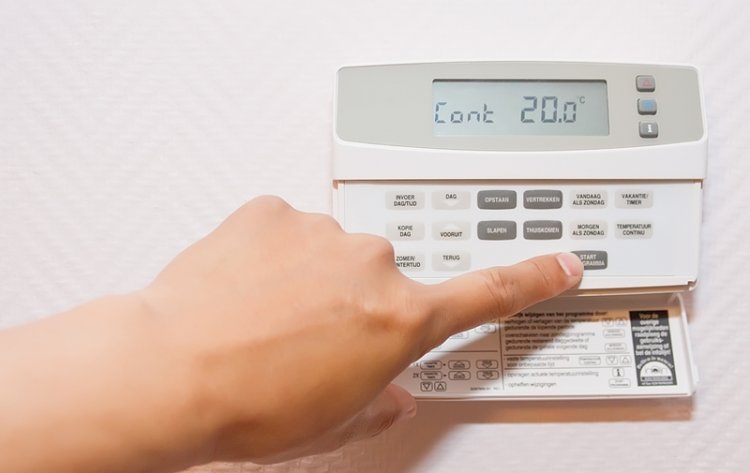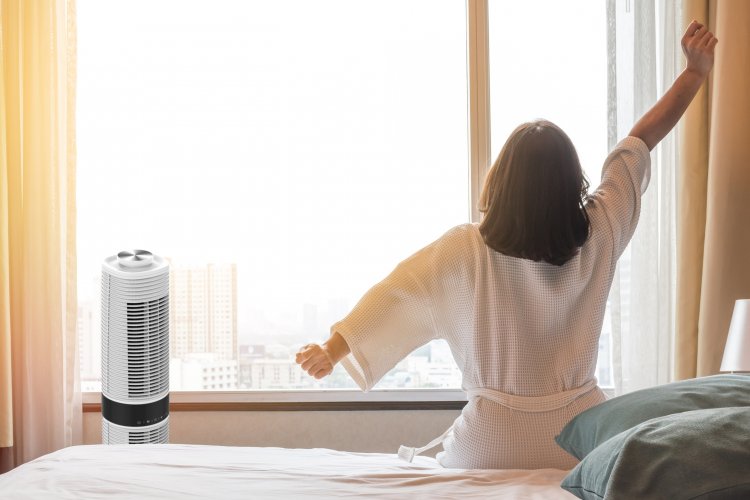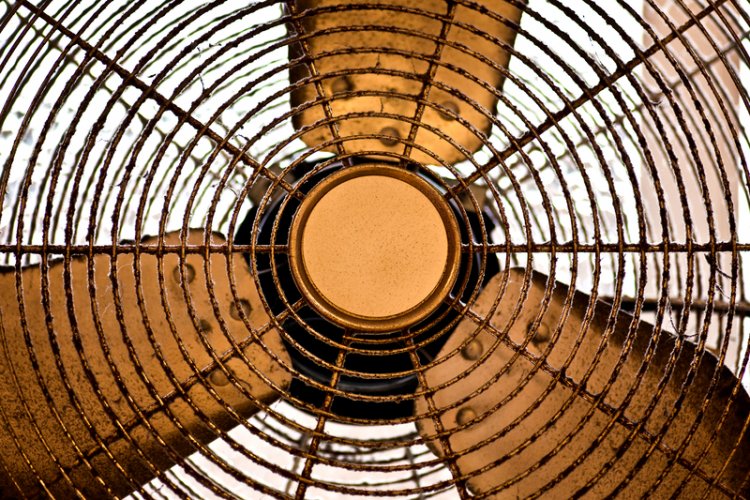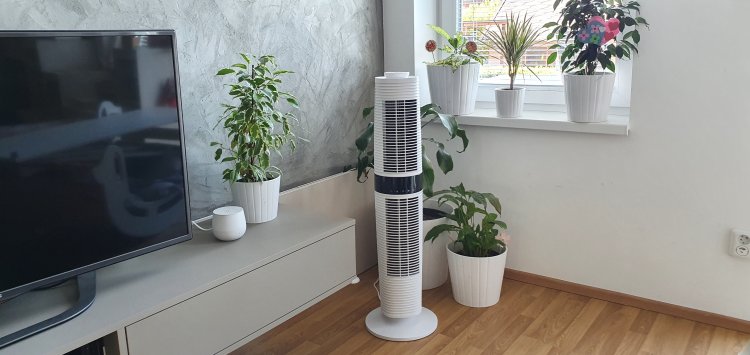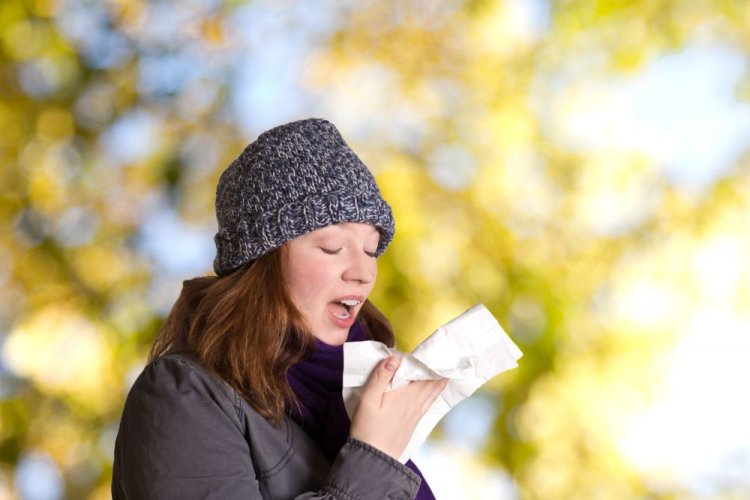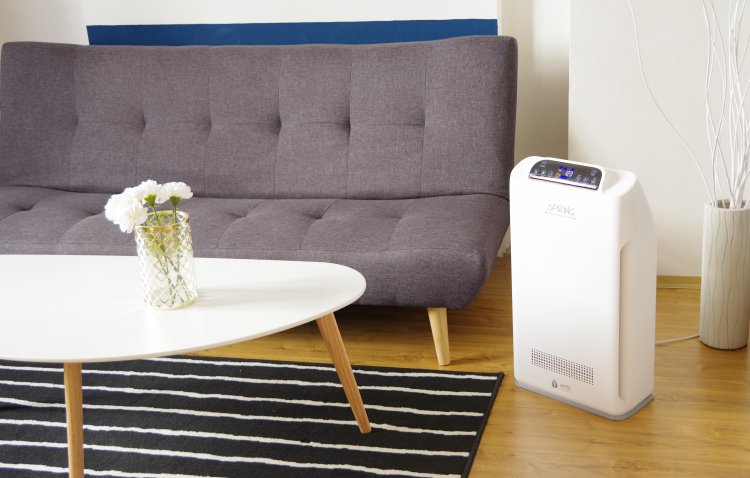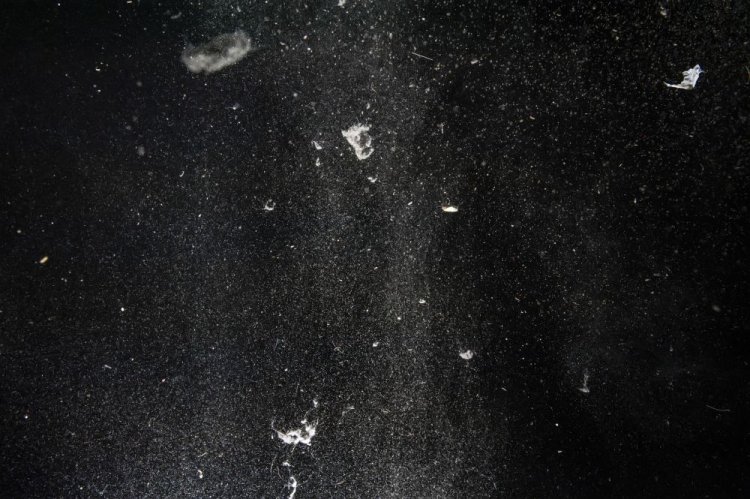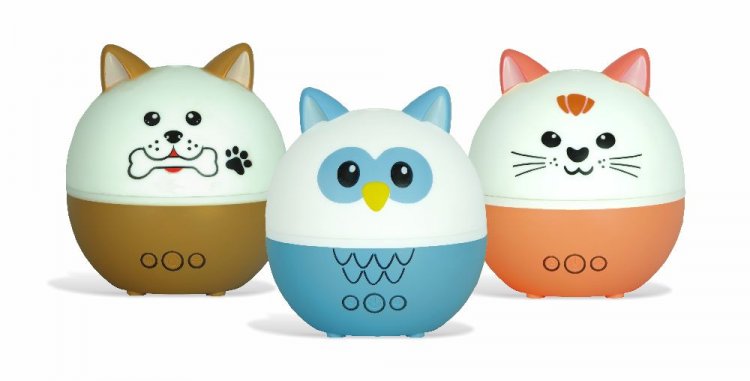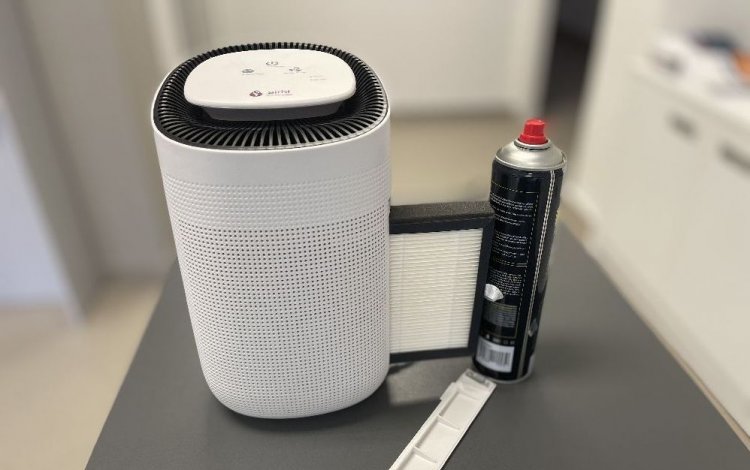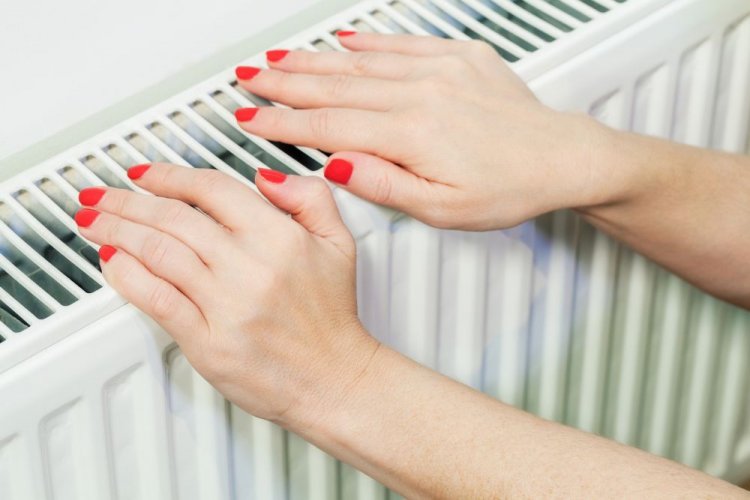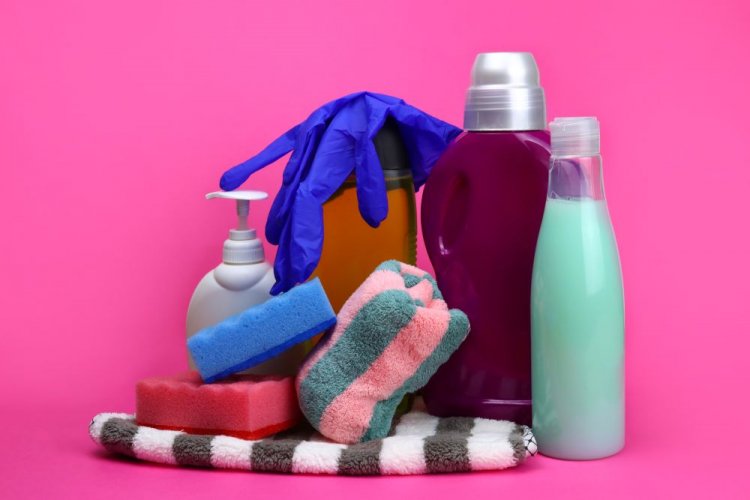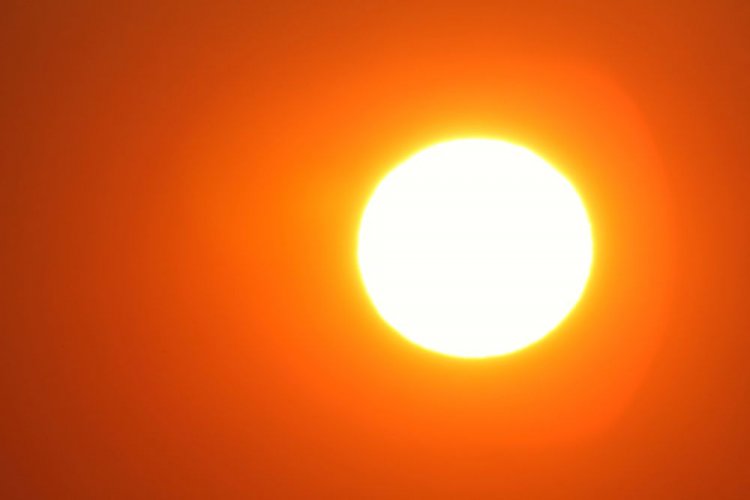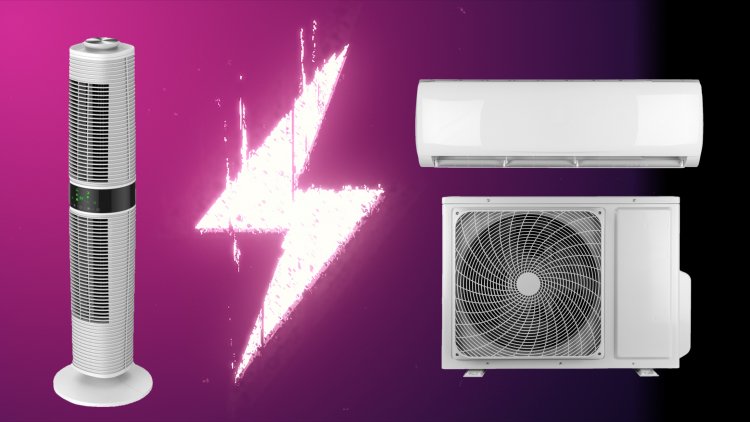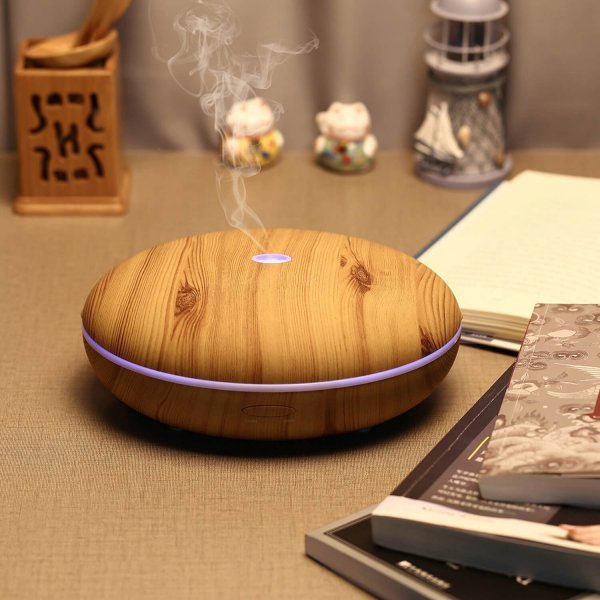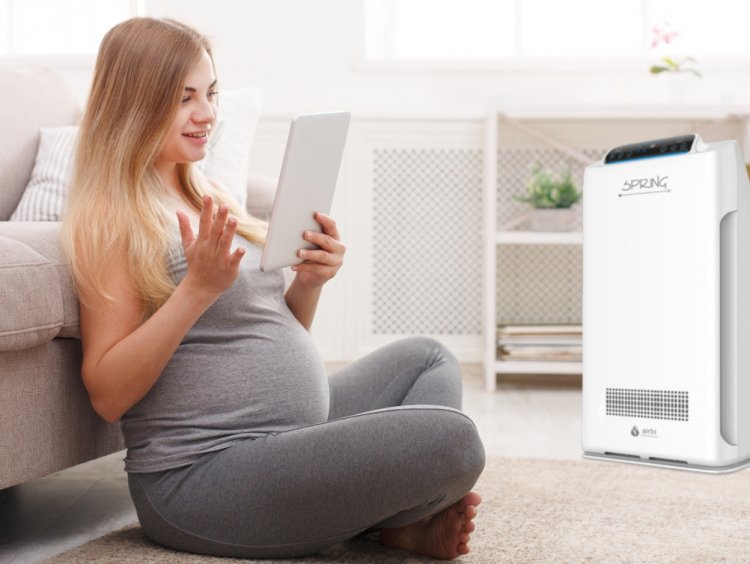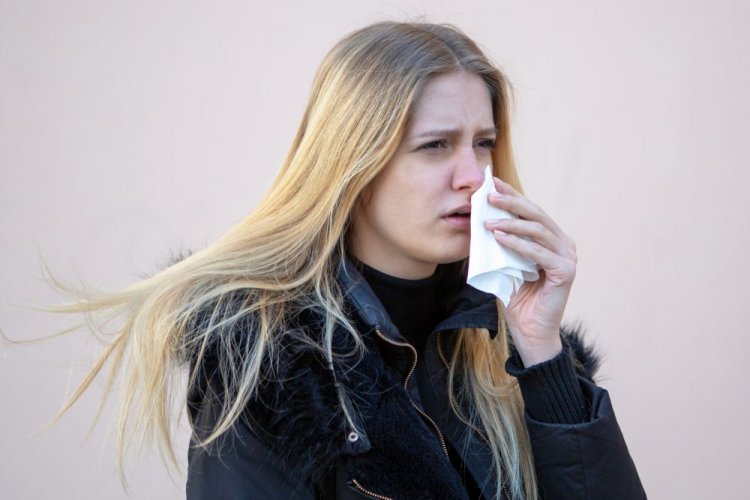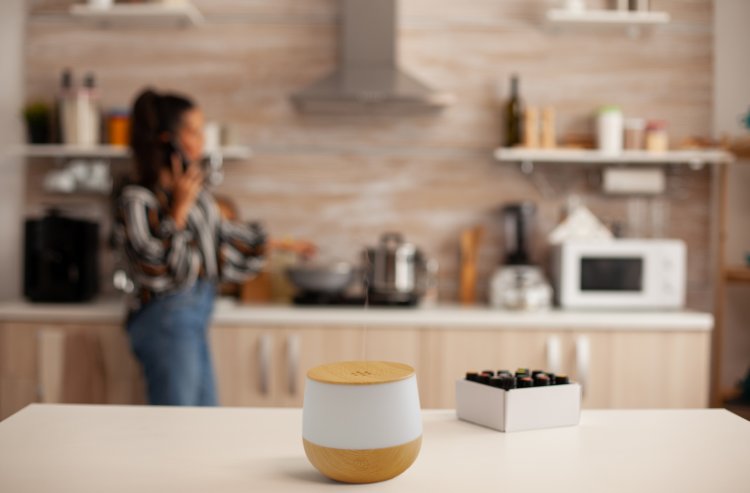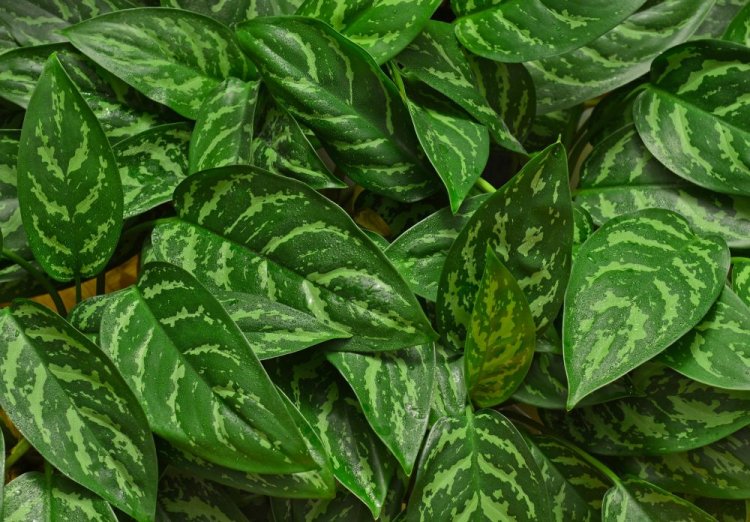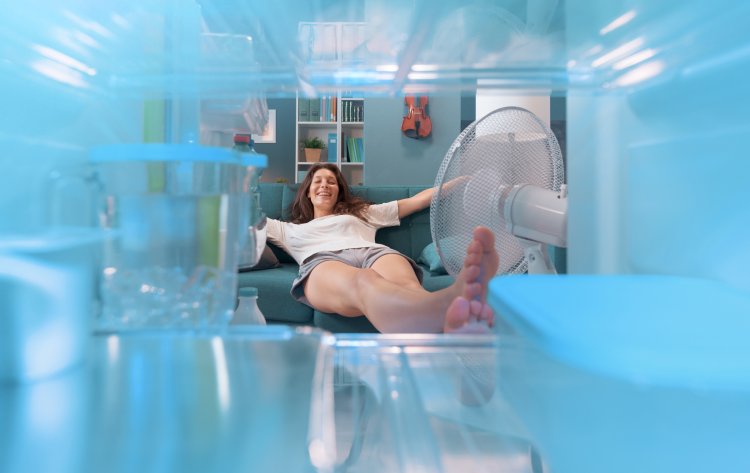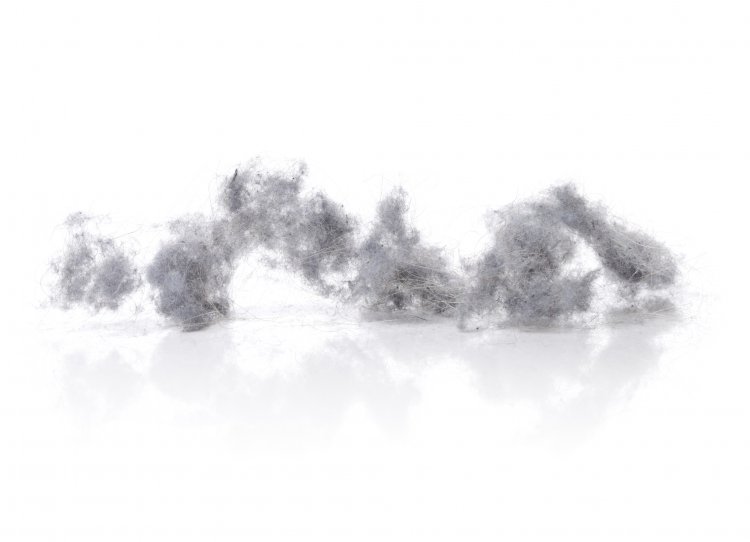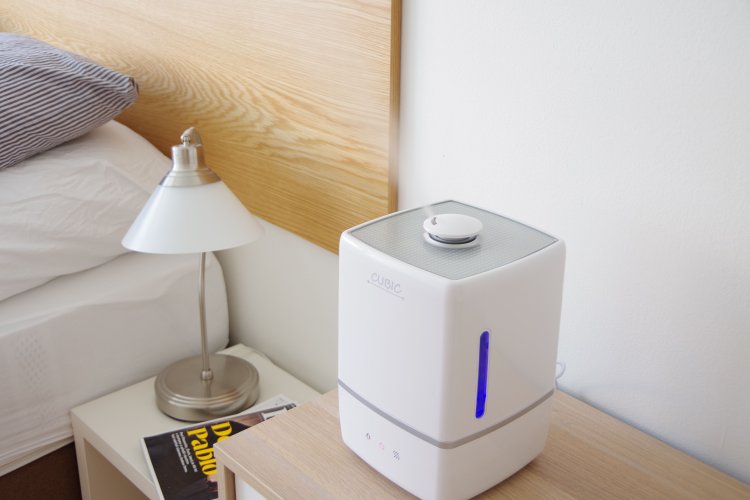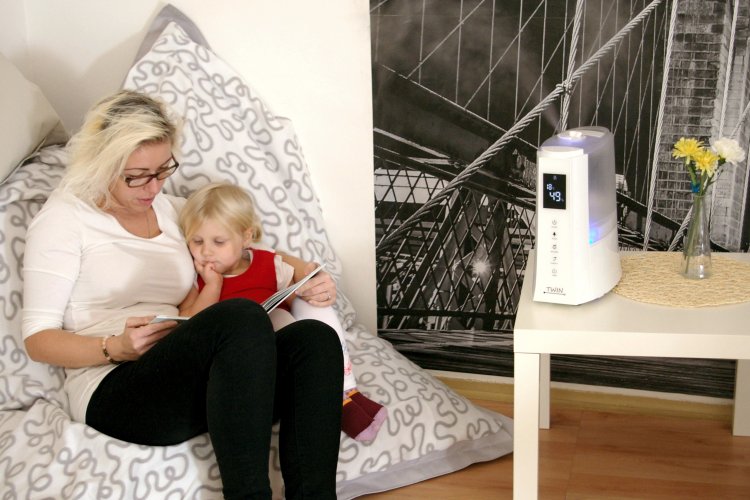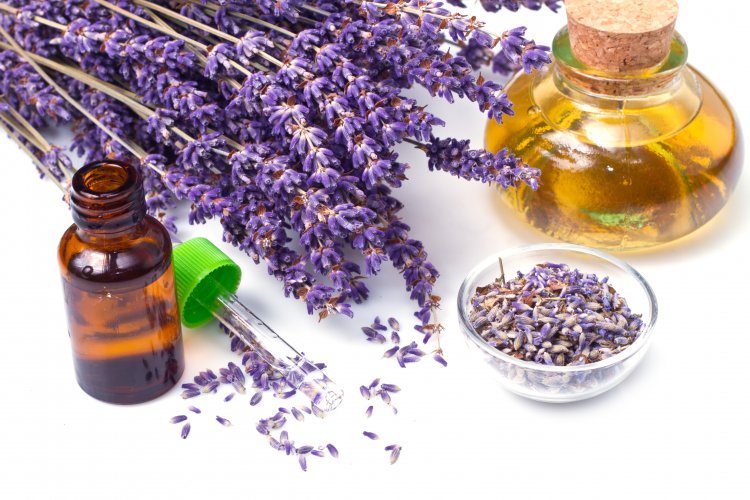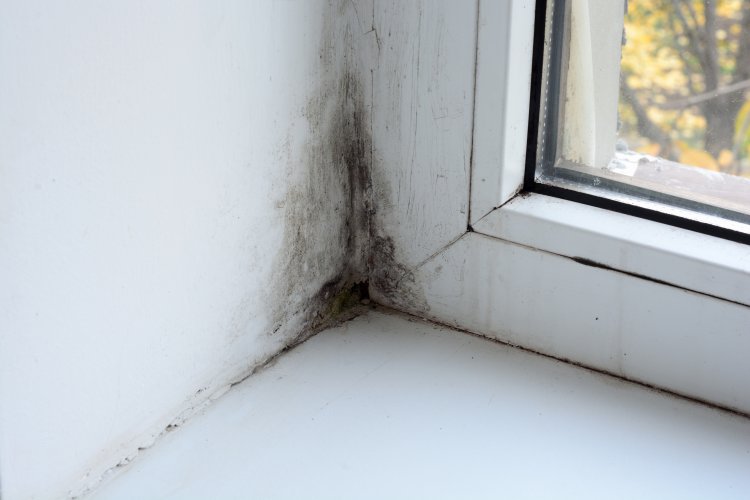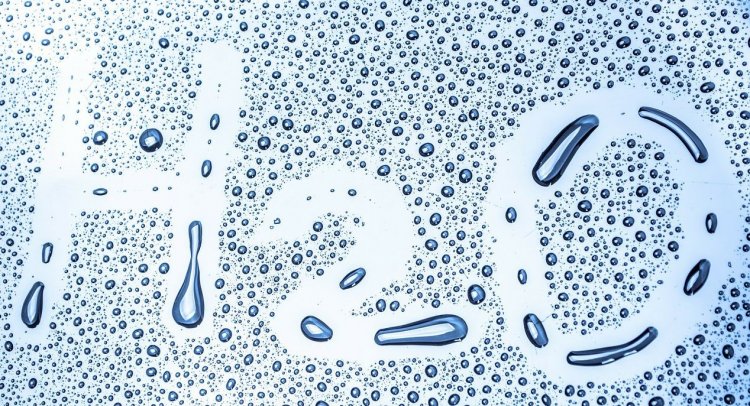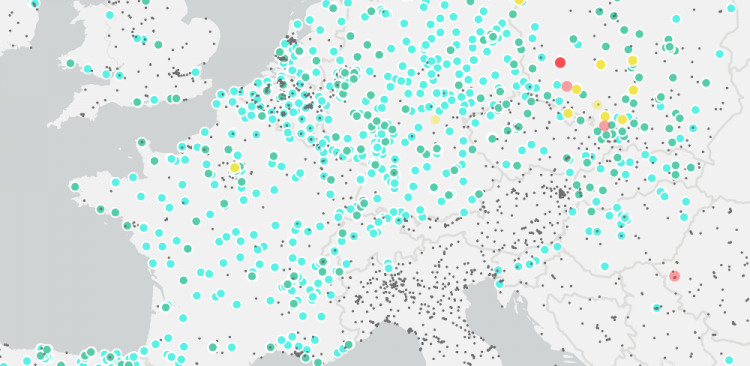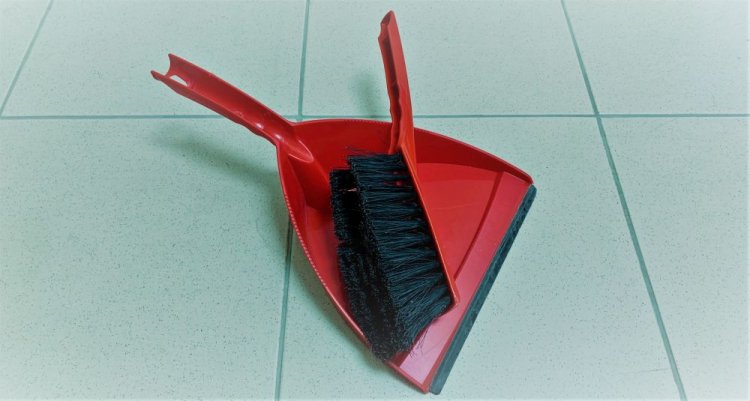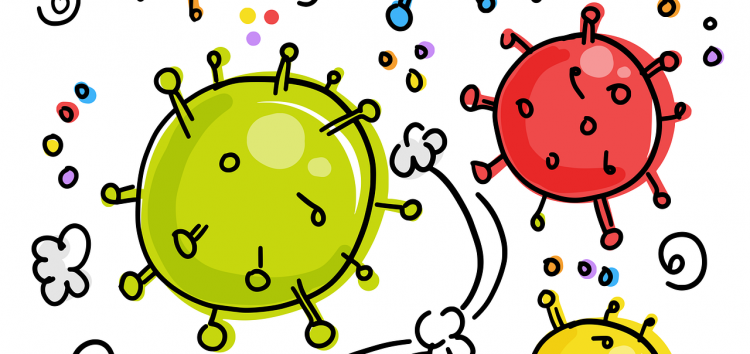

4 advantages (and 1 disadvantage) of desiccant dehumidifiers
Feb 20, 2025High humidity can be unpleasant. If you're choosing a dehumidifier, this brief overview of the advantages and disadvantages...
Autumn is a magical season when nature transforms into shades of orange and red. But it is also a very challenging time for many people due to allergies. Dry air, longer periods of time spent indoors and increased allergens in the air can lead to worsening allergy symptoms. In this article, we'll take a comprehensive look at fall allergies and how to use humidifiers to minimize these problems.
Autumn allergies are an immune response to allergens that are typical for this season. Pollen from flowering plants, moulds and mites are the most common triggers of autumn allergic reactions. Symptoms can include itchy nose, itchy eyes, swelling and breathing problems. Pollen is a common allergen in the fall air, especially pollen grains from plants such as ragweed, wormwood and nettles. Molds proliferate in the warmer, humid environment that is common in the fall season. Dust mites are another major allergen found in homes, especially in beds, pillows and mattresses.

Mites are often found near mattresses and bedding
Dry air, typical of the colder months, can significantly exacerbate allergic reactions, among other negative effects. Dried mucous membranes do not act as the body's protective barrier and the respiratory tract is more susceptible to irritation and penetration of allergens. In this case, there is no point in relying on the old wives' advice in the form of a damp cloth or a heating container. These only act as a dust trap and a breeding ground for bacteria, but they practically do nothing about the humidity. At least a few litres of water must evaporate into the air to increase the humidity in the room, at least for a while. And you'd be waiting for that with a heating container. Humidifiers play a key role in achieving optimum humidity, thereby minimising allergy symptoms.
Automatic humidifier with natural evaporationAirbi EVO WiFi
Humidifiers are an effective solution for reducing the prevalence of allergens in the air. They maintain stable humidity, which minimizes the spread of allergens. At the same time, they create unfavourable conditions for the development of moulds and dust mites, thus reducing allergy problems. And how to use humidifiers in autumn as efficiently as possible? Humidifiers should be placed in rooms you frequent. Regular maintenance, including cleaning and water changes, is essential for optimum efficiency. Choosing the right type of humidifier for the room and changing filters are also key to achieving optimum performance.

Airbi PRIME humidifier and air purifier instantly kicks up the air quality in the room
TIP: If you're not sure if your problems are caused by low humidity, it's definitely worth getting a room hygrometer first. After all, it costs a fraction of what a humidifier itself costs and will tell you right away if your home is a good candidate for a humidifier.
1. Frequent ventilation and air quality
Regular ventilation of the home is essential for air exchange and reducing indoor allergen concentrations. It is recommended to ventilate in the morning and evening when the concentration of pollen in the air is lower.
2. Regular cleaning and maintenance of cleanliness
Thorough household cleaning, including vacuuming, dusting and regular laundering of bed linen, is key to eliminating allergens such as dust mites and mould.

3. Limiting contact with allergens
Try to minimize contact with allergens. Pollens are most active in the morning, so limit outdoor activities in the morning. Wash your hands and face and change your clothes when you return from outdoors.
4. Quality mattresses and bedding
Invest in a good quality mattress and hypoallergenic bedding to help minimise dust mites.
5. Care for pets in the home
If you have pets, wash their beds regularly and limit their access to the bedroom where allergens could cause problems. After all, the bedroom is where we spend most of our time while we sleep.
These precautions are important not only in the autumn, but all year round. Implementing them regularly in the home can significantly reduce the incidence of allergies and improve the overall quality of life for allergy sufferers. Be considerate of your surroundings and pay attention to taking care of your home and yourself.
Humidifiers are an effective and readily available tool for minimizing fall allergies. Proper maintenance and placement are the keys to maximum effect. They are part of a comprehensive approach to indoor air quality care that has a positive impact on our health and well-being, especially during times when allergies are common. Be proactive and ensure a quiet, allergy-free autumn.




